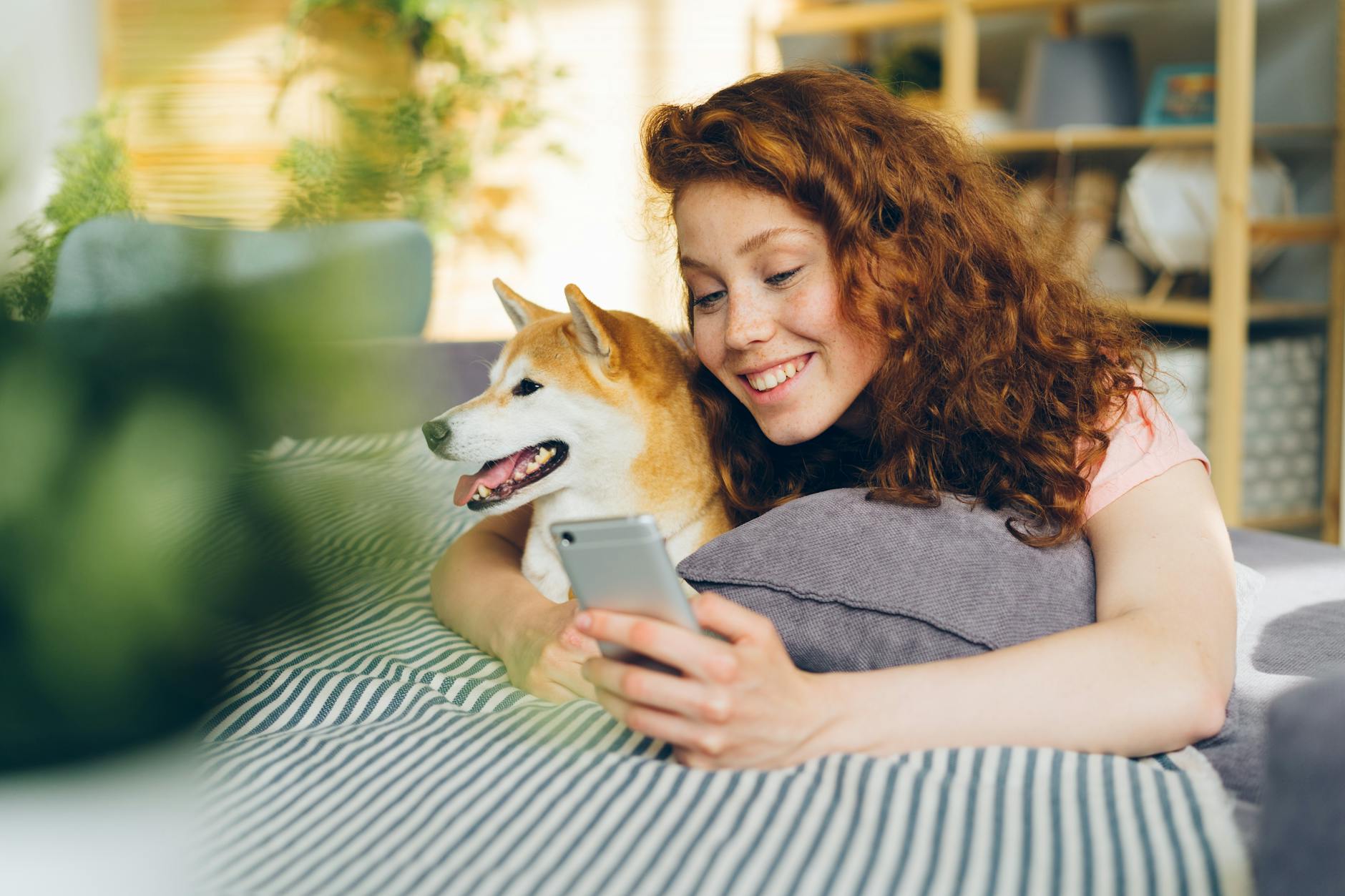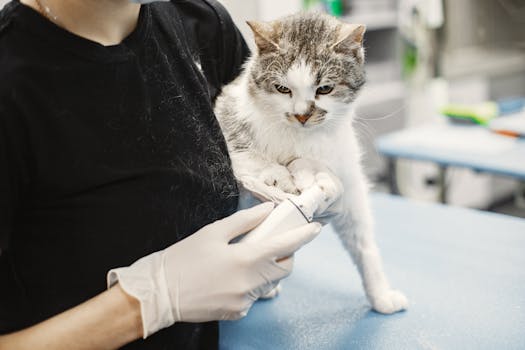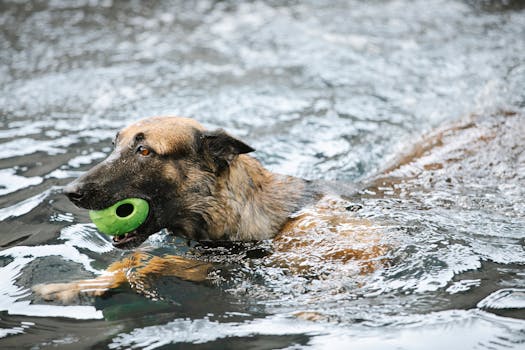Eco-Friendly Pet Products: Sustainable Choices for Your Furry Friend
Welcome to a world where caring for your pet doesn't mean compromising the planet. Today, more pet owners are making sustainable choices, turning to eco-friendly pet products that benefit both our furry friends and the environment. Traditional pet products can leave a hefty carbon paw print, contributing to pollution and waste. By opting for sustainable alternatives, not only do you reduce this impact, but you also provide healthier options for your pet. Stick around to discover how you can make simple, impactful changes in your pet care routine.
Top Eco-Friendly Pet Product Categories
Choosing eco-friendly pet products isn't just a trend; it's a lifestyle choice that benefits both pets and the environment. When you opt for sustainable pet products, you're making a positive impact on your pet's health and reducing your carbon footprint. Let's explore some of the top eco-friendly pet product categories available today.
Sustainable Pet Food
Sustainable pet food is all about using ingredients that are organic, locally sourced, and sustainably farmed. These foods avoid harmful chemicals, pesticides, and genetically modified organisms (GMOs). Here are some key benefits:
- Organic Ingredients: Organic pet foods are free from synthetic fertilizers, pesticides, and other harmful chemicals, making them healthier for your pet and the planet.
- Locally Sourced: Buying locally sourced pet food reduces transportation emissions and supports local farmers.
- Sustainably Farmed: Foods from sustainably farmed sources ensure that farming practices do not harm the environment, helping to maintain biodiversity.
For more on great sustainable pet food options, check out Conscientiously sourced pet foods.
Eco-Friendly Pet Toys
Eco-friendly pet toys are made from natural, non-toxic, and recycled materials. These toys are not only safer for your pets but also help reduce waste and pollution. Some materials to look for include:
- Natural Rubber: Durable and biodegradable, natural rubber is an excellent material for pet toys.
- Organic Cotton: Soft and safe, organic cotton is free from harmful chemicals.
- Recycled Materials: Using recycled plastics and fabrics helps reduce landfill waste.
These toys are a great choice because they provide safe playtime for pets while also promoting environmental sustainability. Learn more about their benefits at How Eco-Friendly Dog Toys Contribute to a Sustainable Future.
Biodegradable Pet Waste Bags
Using biodegradable pet waste bags is crucial for reducing plastic pollution. Traditional plastic bags take hundreds of years to decompose, but biodegradable options break down much faster. Here's why they matter:
- Environmental Impact: Biodegradable bags decompose more quickly, reducing the amount of plastic waste in landfills and oceans.
- Composting: Some biodegradable bags can even be composted, turning waste into a valuable resource for the environment.
Choosing these bags is a small change that can make a big difference. For more information, see Fighting Plastic Pollution: How Eco Poop Bags Make a Difference.
Sustainable Pet Grooming Products
Grooming products made with natural ingredients and sustainable packaging are becoming increasingly popular. These products avoid harsh chemicals and support environmentally friendly practices. Consider these benefits:
- Natural Ingredients: Shampoos and conditioners made with natural ingredients like oatmeal, aloe vera, and coconut oil are gentle on your pet's skin and coat.
- Sustainable Packaging: Products packaged in recyclable or biodegradable materials help reduce waste.
- Cruelty-Free: Many sustainable grooming products are also cruelty-free, meaning they are not tested on animals.
Switching to these eco-friendly grooming products is a win-win for your pet and the planet.
By making informed choices in these categories, pet owners can lead the way in promoting a more sustainable and eco-friendly world. Next time you shop for your furry friend, consider these eco-friendly options to make a positive impact.
 Photo by Vitaly Gariev.
Photo by Vitaly Gariev.
How to Identify Truly Eco-Friendly Pet Products
Finding eco-friendly pet products requires looking beyond the labels and packaging. To make sure you're making sustainable choices, you need to consider the materials, certifications, and brand practices. Here’s a handy guide to help you identify genuine eco-friendly pet products.
Check the Materials
One of the easiest ways to spot eco-friendly pet products is by examining the materials they are made from. Look for items that utilize natural, organic, or recycled materials. Here are a few pointers:
- Natural Materials: Products made from natural rubber, cotton, or hemp are great choices. These materials are biodegradable and safer for your pets.
- Organic Ingredients: For consumables like pet food and grooming products, check if they contain organic ingredients. Organic farming avoids harmful chemicals, making these products better for the environment and your pet’s health.
- Recycled Content: Look for toys, beds, and other products made from recycled plastics or fabrics. Using recycled materials helps reduce waste and pollution.
These simple checks will help you choose products that are kind to both your pet and the planet.
Certifications to Look For
Certifications can serve as reliable indicators that a product meets certain eco-friendly standards. Here are some important certifications to keep an eye out for:
- Ecopetcare: This certification ensures that pet care products are made from natural or organic ingredients.
- Global Organic Textile Standard (GOTS): This guarantees that products are made from organic fibers and meet environmental and social criteria.
- 1% for the Planet: Companies with this certification donate 1% of their sales to environmental causes.
- Certified B Corporation: These businesses meet high standards of social and environmental performance, accountability, and transparency.
- Pet Sustainability Coalition (PSC): This accreditation indicates that a company is sustainability-led and adheres to eco-friendly practices.
Products with these certifications are more likely to be genuinely eco-friendly. For more details, visit the Thooja guide on sustainability certifications.
 Photo by Chidi Young.
Photo by Chidi Young.
Brand Transparency
When it comes to sustainability, transparency is key. Brands that are committed to eco-friendly practices often share detailed information about their processes and materials. Here’s what to consider:
- Research the Brand: Visit the company's website and look for their sustainability reports or mission statements. Brands that prioritize sustainability are usually eager to share their efforts.
- Sustainable Practices: Check if the brand uses renewable energy, minimizes waste, and supports eco-friendly initiatives.
- Customer Feedback: Read reviews and ratings from other pet owners. Honest feedback can reveal whether a brand truly lives up to its green promises.
By doing a bit of research, you can support brands that are making a real difference. Learn more about this at Chuck and Don's Guide to Eco-Friendly Pet Products.
With these tips, you can confidently choose products that are genuinely eco-friendly, helping protect the planet while taking care of your furry friend.
[object Object][object Object]
Conclusion
Choosing eco-friendly pet products is more than just a trend; it's a commitment to a healthier planet and a healthier pet. These sustainable choices reduce waste, cut down on pollution, and often mean higher quality for your furry friend. Making small changes in your pet care routine can lead to significant environmental benefits. Ready to take the next step? Explore and switch to eco-friendly products for your pet today. Your pet and the planet will thank you.








 Photo by
Photo by  Photo by
Photo by